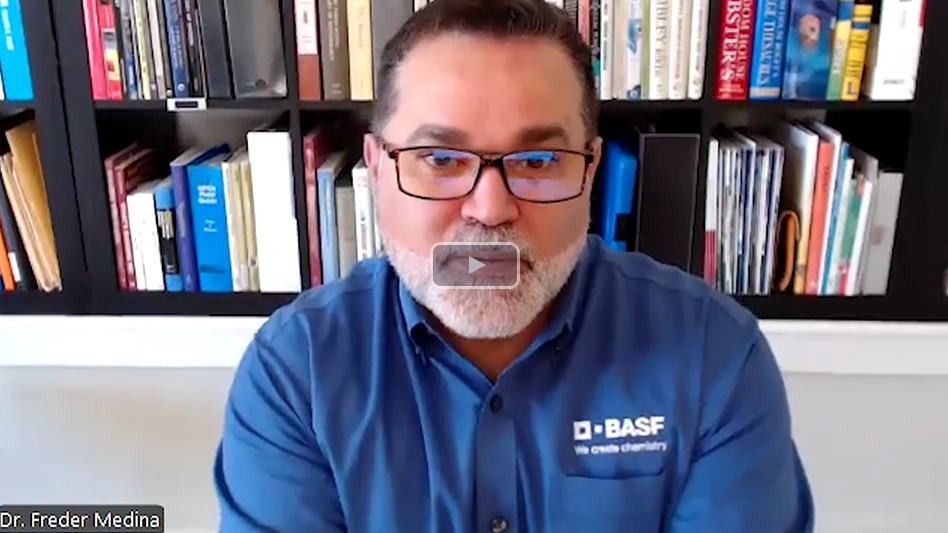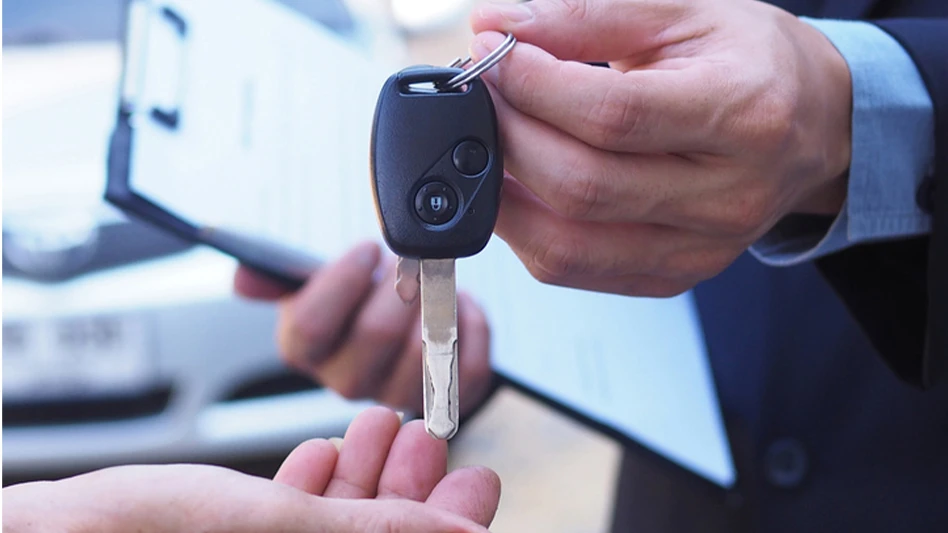More and more people in recent years are influenced by the biocentric messages presented in magazines, TV and in our schools and universities. As a result there has been an increase in requests for services that resolve rodent problems via non-lethal programs, or by at least using the most humane method possible. We can only expect such requests to increase. When confronted with requests for non-lethal and “humane” rodent control programs, pest management professionals find themselves in an awkward position. But can we offer service and assistance to our biocentric clients and address their concerns in a fair and professional manner? I think we can.
First, non-lethal options are available for rodent control, but relative to their cost, only for mice and only for minor infestations. With rats, few options exist for live-trapping and removal because in most cases, rats do not readily enter live traps, unless they are severely stressed due to a lack of food.
TRAPPING AND RELEASE. For minor mouse infestations, the pest management professional can sell or install a Tin Cat® mousetrap (the wind-up traps may hurt the mouse during the paddling) and provide the necessary instructions. Food (e.g. a teaspoon of cereal) and nesting material (e.g. a sheet of paper towel) must be placed into the trap. Without these the mouse will succumb to stress and possibly hypothermia. The homeowner should check the trap each morning and release any captured mice in a field or woods a mile or so away from the point of capture.
Smaller live-catch mousetraps other than the Tin Cat are available but are hard to obtain in small quantities. But if you have several requests a year for non-lethal mouse control services, the mouse-size, single-capture “Sherman” live traps can be purchased by the case from wildlife supply distributors. These traps and similar models are effective in capturing and holding mice unharmed, but food and nesting materials must be provided.
Regardless of the live trap used, the chances of a rodent’s survival decrease the longer the rodent remains trapped, due to trap stress. Preferably, trapped animals should be released within six to eight hours. On the retail market, homeowners can purchase various types of “humane” mousetraps, however, some of the more commonly available traps are not very effective. Depending on the model, either mice will not enter the live traps, or the trap is easily set off prematurely. More important, these traps are too small and confining. Captured mice do not have enough room to remain warm and dry beyond an hour or so. Mice that are confined in these traps overnight (the typical scenario in a residential situation) are usually in shock and close to death by morning. Too, the unsuspecting homeowner driving the captured animal to a point of release is likely to face a rather ugly scenario. Worse, how do they now humanely deal with the dying rodent?
HUMANE LETHAL METHODS. The use of anticoagulant baits compared to other practical tools is a reasonably humane approach. These baits cause internal hemorrhaging which does not directly involve the nervous system of the animals and thus, the “pain centers” are not triggered. Poisoned animals become lethargic and usually expire within three to seven days following a lethal dose. If we attempt to remain within the very ambiguous definition of “humane” treatments, anticoagulants fit this description better than many poisons.
The common snap trap may or may not dispatch an animal quickly, depending on how the animal is positioned when the trap is set off. As most professionals and homeowners can attest, the great majority of rodents killed by snap traps succumb to a relatively swift end, but can a professional guarantee this? No. In a few cases, rodents are captured at non-lethal areas of their body and can remain wounded and alive for hours. Still, the snap trap in most cases performs more mercifully than other types of commonly used rodent traps.
NATURE’S DEADLY REALITY. Certainly the issue of “humaneness” and animal control has always been a sensitive and often controversial issue. Therefore, every individual should be respected for his or her particular beliefs. Clients who wish to solve their animal pest problem without killing the offending animal have every right to do so. But despite their kind intentions, the reality of nature must still be reckoned with. Unfortunately, the rodent’s “natural world” to which a humane person wishes to release a mouse (or chipmunk, woodchuck, etc.) is not itself very kind. The reality is that rodents and other wild animals have never enjoyed any aspect of “humaneness” from their natural world. Rodents comprise one of the major prey groups for a long list of predators such as hawks, owls, coyotes, skunks, raccoons, cats and even fish. Depending on the predator, the time to death of a rodent in nature from time of capture can range from seconds to hours, or even days.
Too, the predator’s method of killing the captured rodent may be quick, but not necessarily painless. Relative to the dangers and modes of death rodents face in their natural world, the professional uses of snap traps, anticoagulant baits and multiple-catch traps may actually offer a more merciful fate for rodents than what nature itself offers.
But let’s face it; in the real-world struggle for survival, a perfected and painless death has never been part of the scheme — not for any species. The bottom line is that humans must regularly eliminate threatening commensal rodents (and make no mistake, commensal rodents can be life threatening) from urban environments. Rats and mice cannot be tolerated around our homes, restaurants, offices, hospitals, and schools. By eliminating rodents in our towns and cities we are, in fact, ensuring our own species’ survival.
To paraphrase the famous naturalist Ralph Waldo Emerson, “Nature is neither cruel nor kind. Nature simply is.”

Explore the December 1997 Issue
Check out more from this issue and find your next story to read.
Latest from Pest Control Technology
- Moneypenny is a Provider of Virtual Receptionists
- Video: Top 10 PCT Photo Contest Finalists
- Massey Services Expands with Southeast Commercial Region
- Pest Management Foundation Announces Kevin J. Burns Scholarship
- How to Identify Clover Mites
- Termite Threat Halted in Southern Florida
- PCT Media Group Adds Managing Editor Katie Hobbins
- Evens Clerjuste on Team Communication as Company Growth Point





